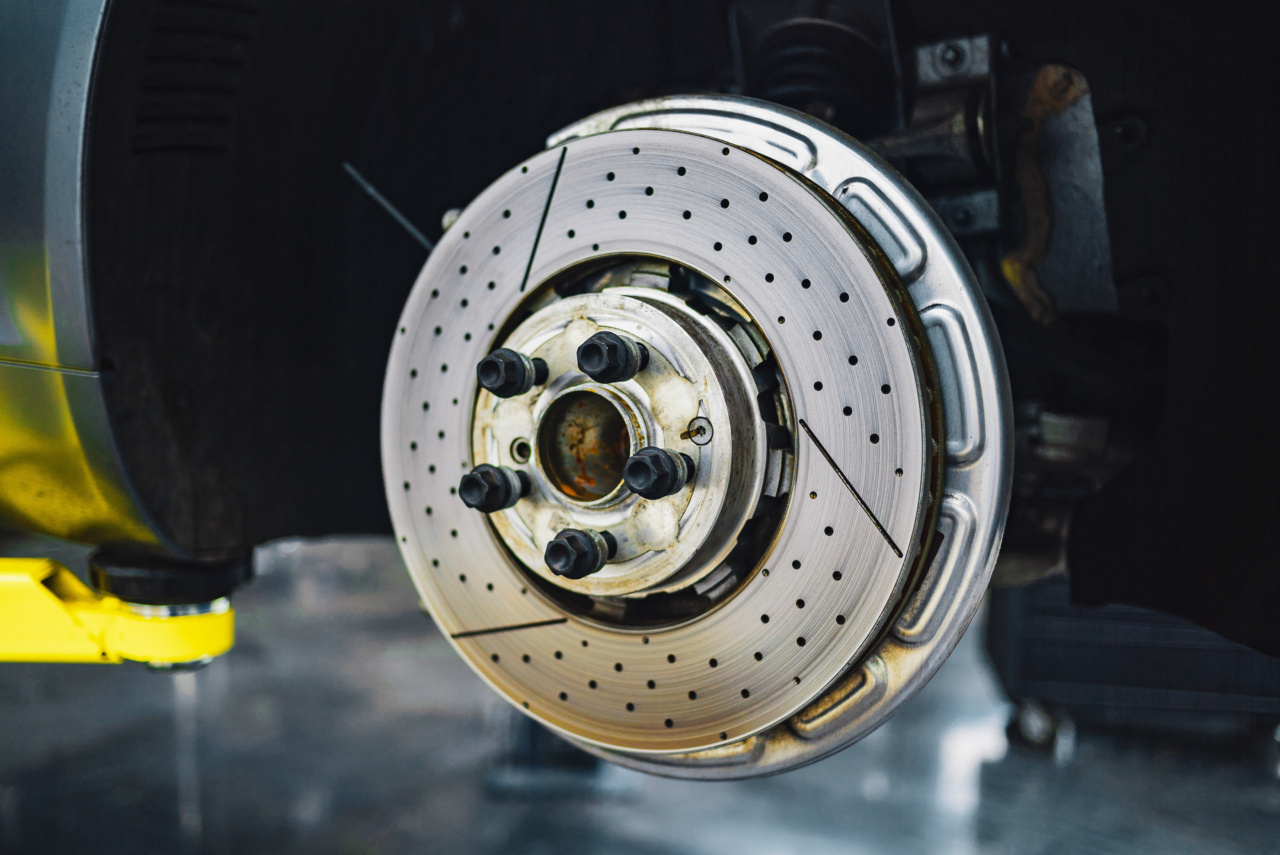Tomatoes are a staple in many home gardens, prized for their delicious flavor and versatility in cooking. However, growing tomatoes successfully can be challenging, especially if you make certain mistakes along the way.
In this article, we will guide you through ten common tomato mistakes and provide tips on how to improve your yield.
1. Planting Tomatoes Too Early
One of the most common mistakes gardeners make is planting tomatoes too early in the season. Tomatoes are warm-weather crops and require soil temperatures consistently above 60°F (15°C) for optimal growth.
Planting them before the soil has warmed up can stunt their growth and result in lower yields.
Wait until after the last frost date in your area and ensure the soil temperature is suitable before planting your tomatoes. Using a soil thermometer can help you determine if the conditions are right.
2. Neglecting Proper Spacing
Tomatoes need adequate space to grow and thrive. Planting them too close together can restrict air circulation, making the plants more susceptible to diseases such as blight.
It can also hinder sunlight penetration, which is essential for fruit development.
Follow the recommended spacing guidelines for the specific tomato variety you are growing. Typically, indeterminate tomatoes should be spaced about 24-36 inches apart, while determinate varieties can be planted closer, around 12-18 inches apart.
3. Overwatering or Underwatering
Watering plays a crucial role in tomato plant health and yield. Both overwatering and underwatering can be detrimental to your plants. Overwatering can drown the roots and lead to root rot, while underwatering can cause stress and fruit drop.
Establish a consistent watering routine, ensuring the soil is evenly moist but not waterlogged. Aim to provide around 1-1.5 inches of water per week, adjusting based on weather conditions and the specific needs of your tomato plants.
4. Forgetting to Mulch
Mulching around your tomato plants offers numerous benefits. It helps conserve soil moisture, suppresses weeds, regulates soil temperature, and prevents soil-borne diseases from splashing onto the leaves.
Apply a layer of organic mulch, such as straw or wood chips, around your tomato plants once the soil has warmed up. This will ensure optimal growing conditions and protect the roots from extreme temperatures.
5. Failing to Provide Adequate Support
Tomato plants are notorious for their sprawling growth habit. Neglecting to provide support can result in tangled and damaged plants, reduced air circulation, and increased vulnerability to pests and diseases.
Stake or cage your tomato plants at the time of planting to provide support as they grow. This will facilitate proper air circulation and keep the fruits off the ground, reducing the risk of rot and pest attack.
6. Overfertilizing or Underfertilizing
Proper fertilization is key to a bountiful tomato harvest. Overfertilizing can lead to excessive foliage growth at the expense of fruit production, while underfertilizing can result in nutrient deficiencies and weak plants.
Before planting, amend your soil with organic matter, such as compost or aged manure, to provide a nutrient-rich environment.
Additionally, you can incorporate a balanced tomato fertilizer following the recommended application rates during the growing season.
7. Ignoring Pruning and Suckering
Pruning and suckering are essential techniques to improve airflow, reduce disease incidence, and focus plant energy on fruit production. Ignoring these practices can lead to tangled, overcrowded plants and a lower yield.
Regularly remove the suckers, which are the small shoots that emerge from the leaf axils, to maintain a single central stem. Prune off any damaged or diseased foliage, and ensure good airflow by thinning out excessive foliage.
8. Skipping Crop Rotation
Tomatoes are susceptible to various soil-borne pests and diseases. Repeatedly planting them in the same spot year after year can result in a buildup of pathogens and reduce your yield.
Practice crop rotation by growing tomatoes in a different part of your garden each season. Ideally, rotate tomatoes with other unrelated plants, such as legumes or leafy greens, to disrupt disease cycles and maintain soil health.
9. Neglecting Pest and Disease Control
Tomatoes can fall victim to numerous pests, such as aphids, hornworms, and whiteflies, as well as diseases like blight and blossom end rot. Neglecting proper pest and disease control measures can lead to significant crop losses.
Regularly inspect your tomato plants for signs of pests or diseases and take appropriate action.
Use organic insecticidal soaps or neem oil for pest control and practice good sanitation by removing any affected foliage or fruits to prevent the spread of diseases.
10. Harvesting Too Late or Too Early
Knowing when to harvest your tomatoes is crucial for optimal yield and flavor. Harvesting too early can result in underripe, flavorless fruits, while leaving them on the vine for too long may lead to overripe or split tomatoes.
Pay attention to the specific harvest window for the tomato variety you are growing. Typically, tomatoes are ready to be picked when they have reached their full color and are slightly soft to the touch.
Gently twist or cut the fruits from the vine to avoid damaging the plant.
Conclusion
By avoiding these common tomato mistakes and implementing the recommended tips, you can significantly improve your tomato yield and enjoy a bountiful harvest.
Proper planting techniques, adequate watering, appropriate fertilization, pest and disease control, and timely harvesting are all crucial factors in growing healthy, vigorous tomato plants. With a little care and attention, you’ll be able to savor the delicious flavor of garden-fresh tomatoes right from your own backyard.































